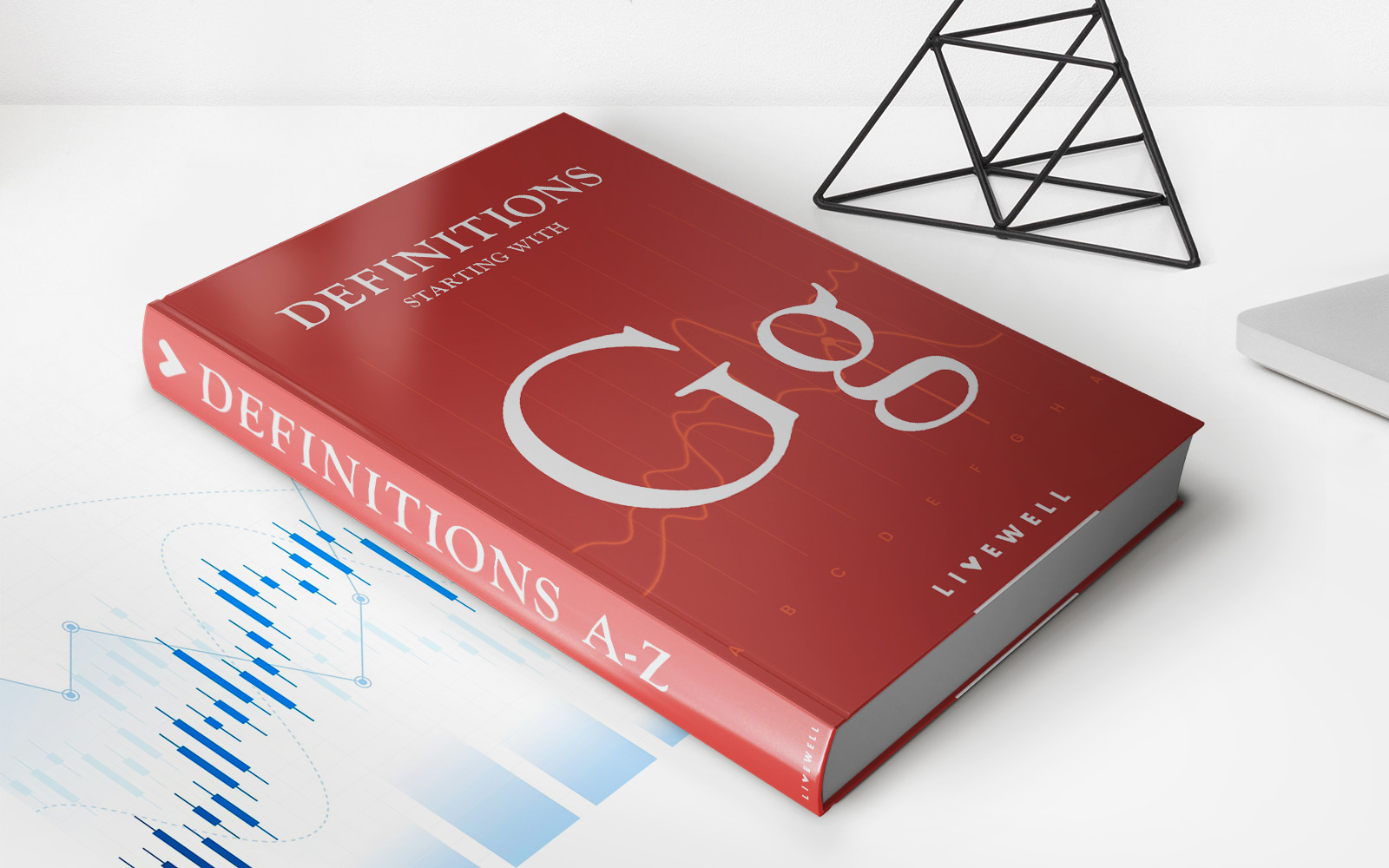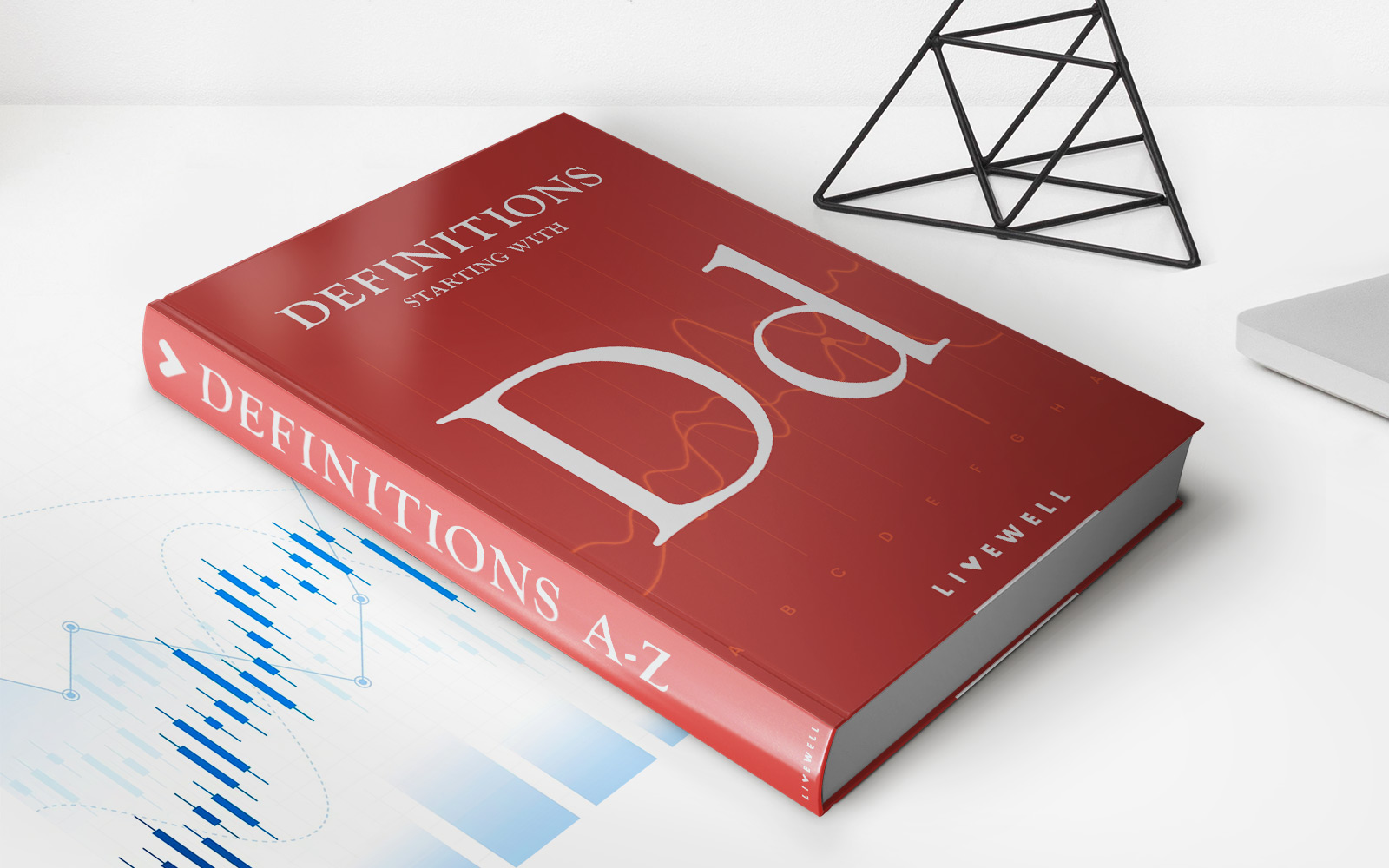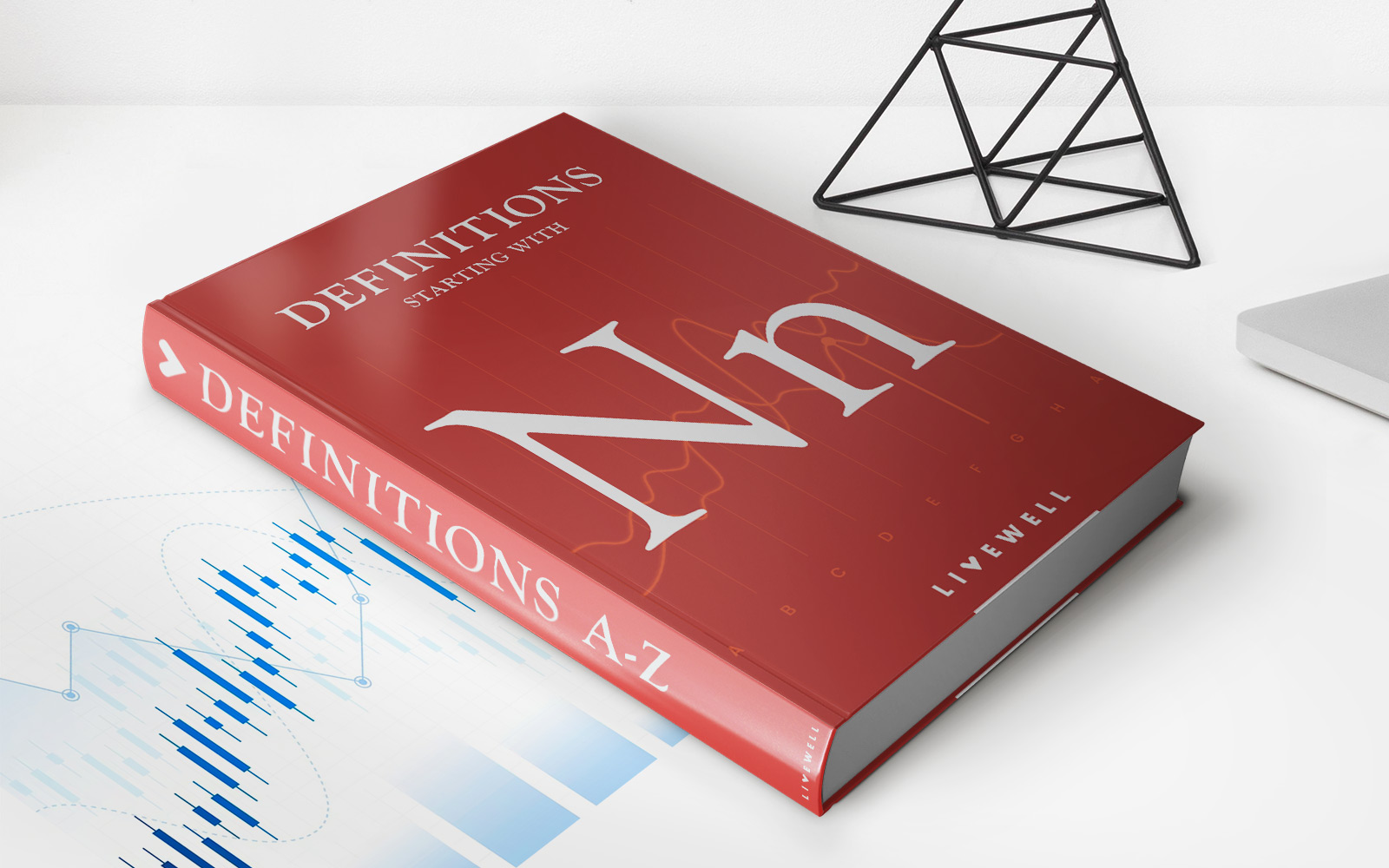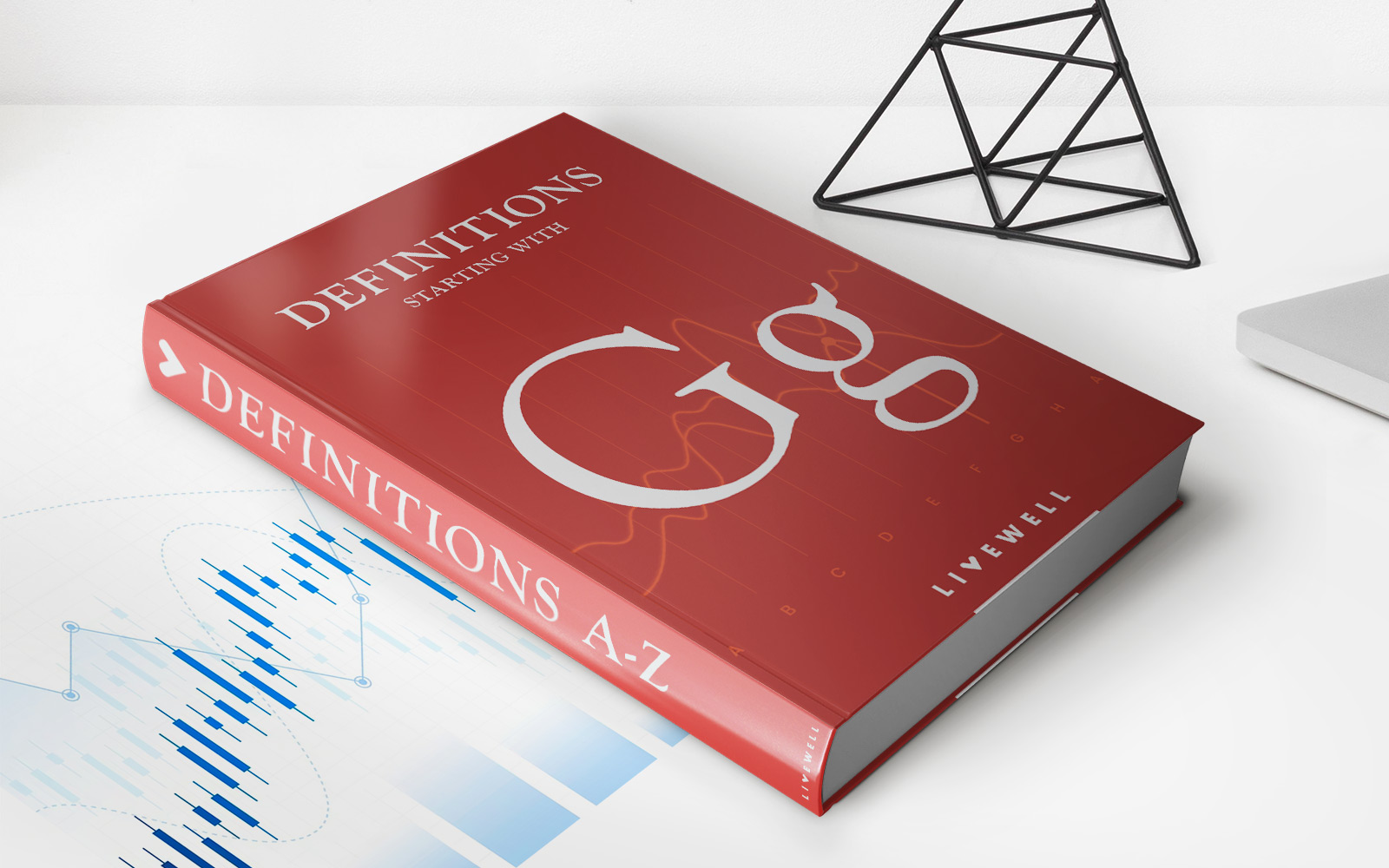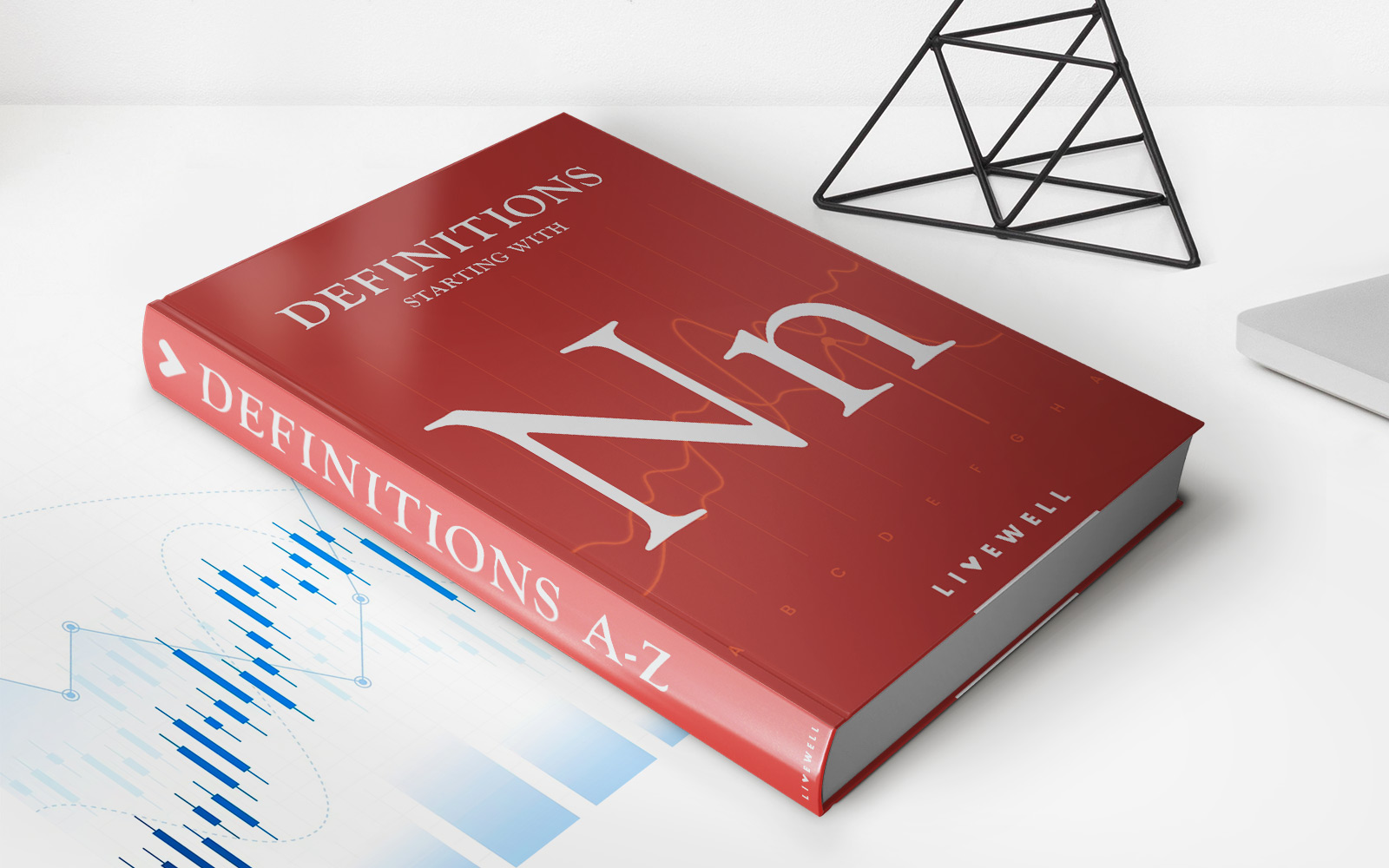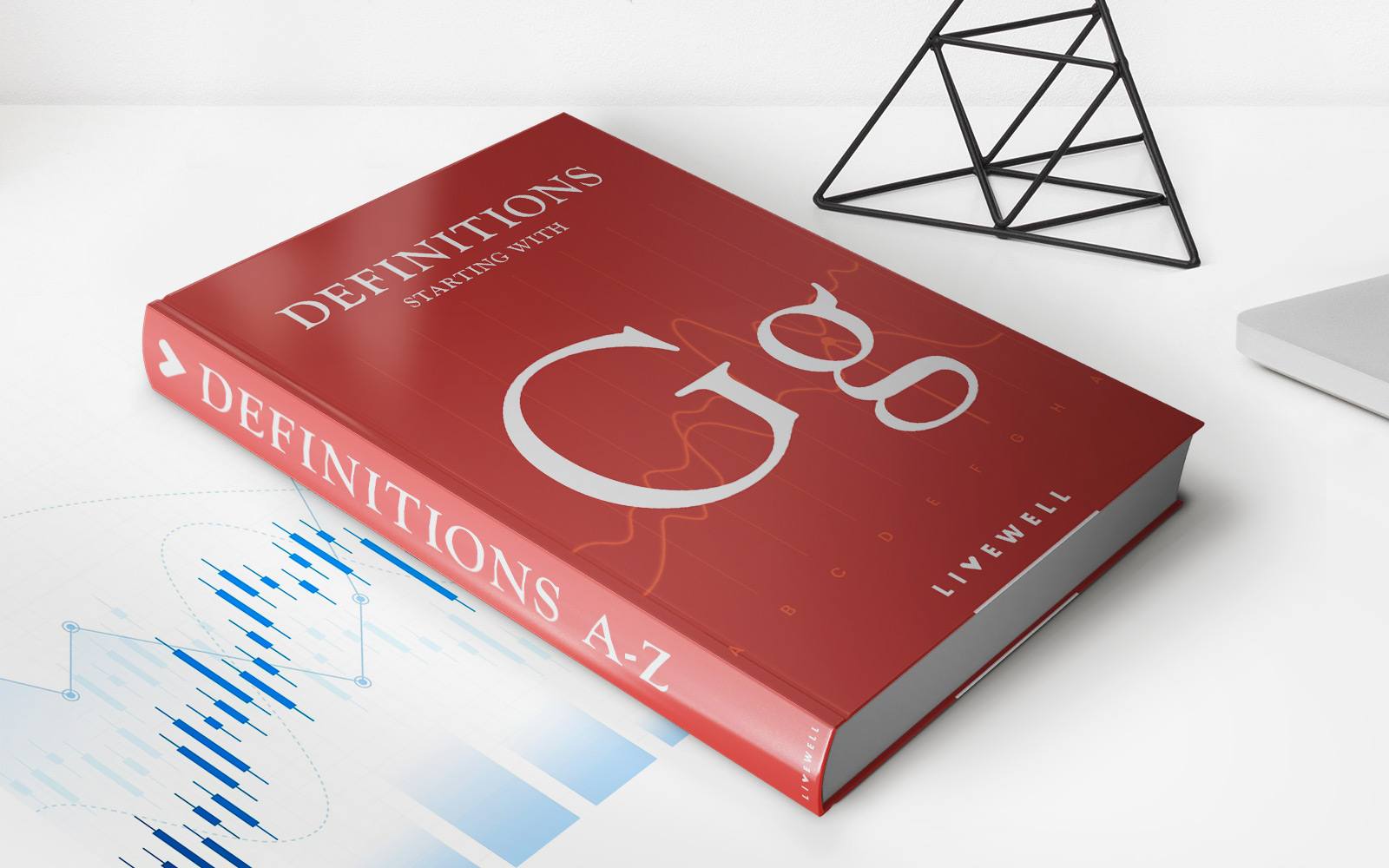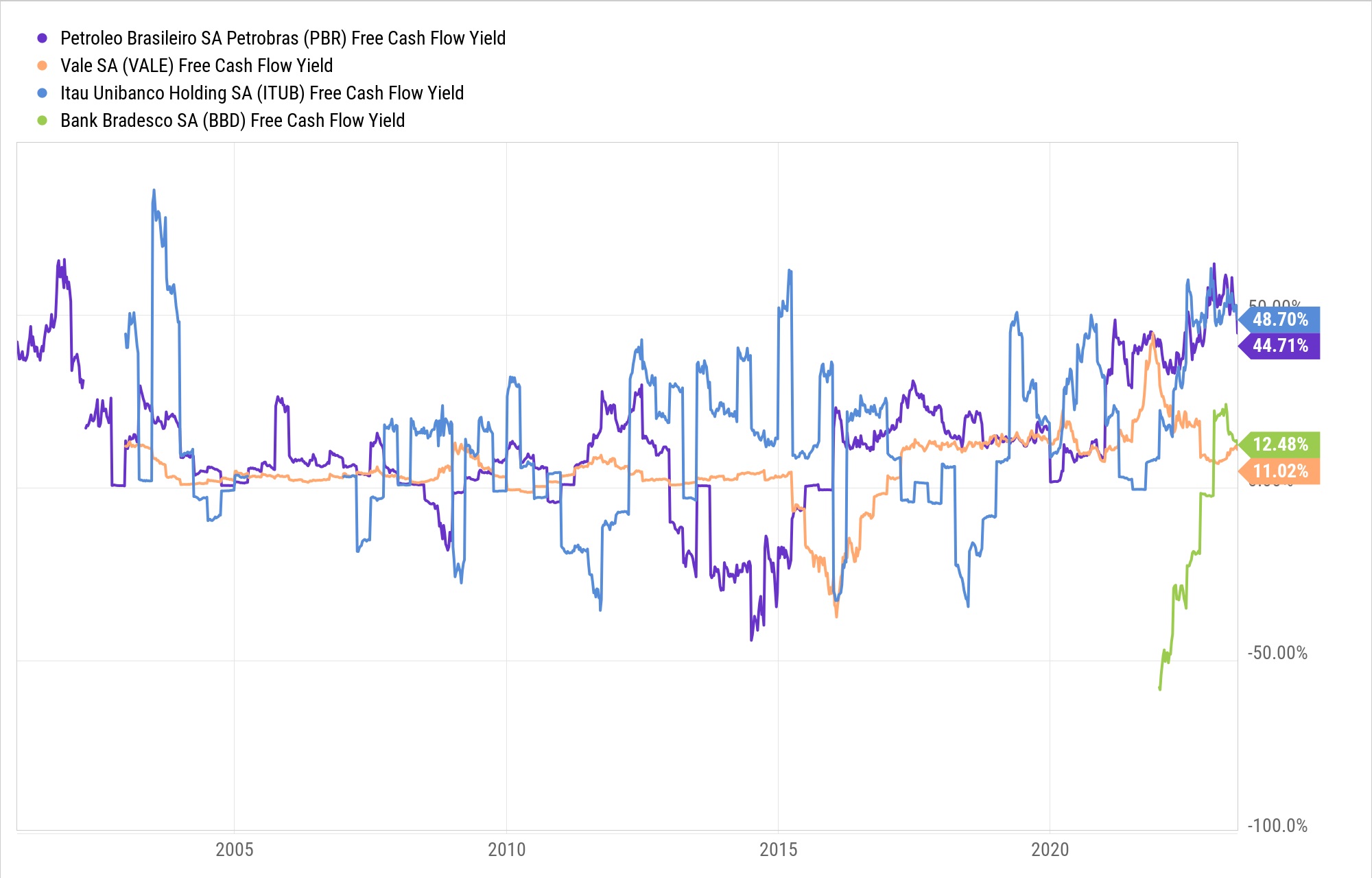Home>Finance>Gross Working Capital: Definition, Calculation, Example, Vs. Net


Finance
Gross Working Capital: Definition, Calculation, Example, Vs. Net
Published: December 2, 2023
Discover the definition, calculation, and example of gross working capital in finance. Learn the key differences between gross working capital and net.
(Many of the links in this article redirect to a specific reviewed product. Your purchase of these products through affiliate links helps to generate commission for LiveWell, at no extra cost. Learn more)
Gross Working Capital: What You Need to Know
Welcome to our Finance category! Today, we will be diving into the world of gross working capital. If you have ever wondered what gross working capital is, how to calculate it, or how it differs from net working capital, you have come to the right place. By the end of this article, you will have a clear understanding of gross working capital and its significance in business.
Key Takeaways:
- Gross working capital represents a company’s total current assets.
- It is calculated by subtracting current liabilities from current assets.
What is Gross Working Capital?
Gross working capital refers to the total current assets of a company, including cash, accounts receivable, inventory, and other short-term assets. It represents the financial resources that a company can readily use to fund its day-to-day operations and meet its short-term obligations.
Here’s an example to help illustrate the concept of gross working capital:
Imagine you have a lemonade stand business. Your current assets include $100 in cash, $50 in accounts receivable from customers who owe you money, and $200 worth of lemons, sugar, and other supplies. In this case, your gross working capital would be $350 ($100 + $50 + $200).
How to Calculate Gross Working Capital
Calculating gross working capital is fairly straightforward. You can determine it using the following formula:
Gross Working Capital = Current Assets – Current Liabilities
Current assets are the company’s short-term assets, such as cash, accounts receivable, inventory, and short-term investments. Current liabilities, on the other hand, include short-term obligations like accounts payable, accrued expenses, and short-term debt.
Let’s consider an example:
Suppose a company has $500,000 in current assets and $250,000 in current liabilities. Using the formula above, we can find the gross working capital:
Gross Working Capital = $500,000 – $250,000 = $250,000
In this case, the company’s gross working capital is $250,000.
Gross Working Capital vs. Net Working Capital
Now that we understand gross working capital, let’s explore the difference between gross and net working capital.
Net working capital is a more refined representation of a company’s short-term liquidity. It is calculated by subtracting current liabilities from current assets, just like gross working capital. However, net working capital focuses on the difference between the two, rather than the total current assets.
Here is an example:
If a company has $500,000 in current assets and $250,000 in current liabilities, the gross working capital is $250,000. However, if the company has $450,000 in current assets and $250,000 in current liabilities, the net working capital is $200,000 ($450,000 – $250,000).
The main difference between gross and net working capital is that net working capital takes into account the company’s short-term obligations, providing a more accurate picture of its liquidity position.
So, in summary:
- Gross working capital represents a company’s total current assets.
- Net working capital represents the difference between a company’s current assets and current liabilities.
Understanding the concept of gross working capital is essential for businesses of all sizes. It helps determine a company’s ability to meet its short-term obligations and provides insight into its liquidity position. By calculating and monitoring gross working capital regularly, businesses can make informed financial decisions and ensure the smooth operation of their day-to-day activities.

